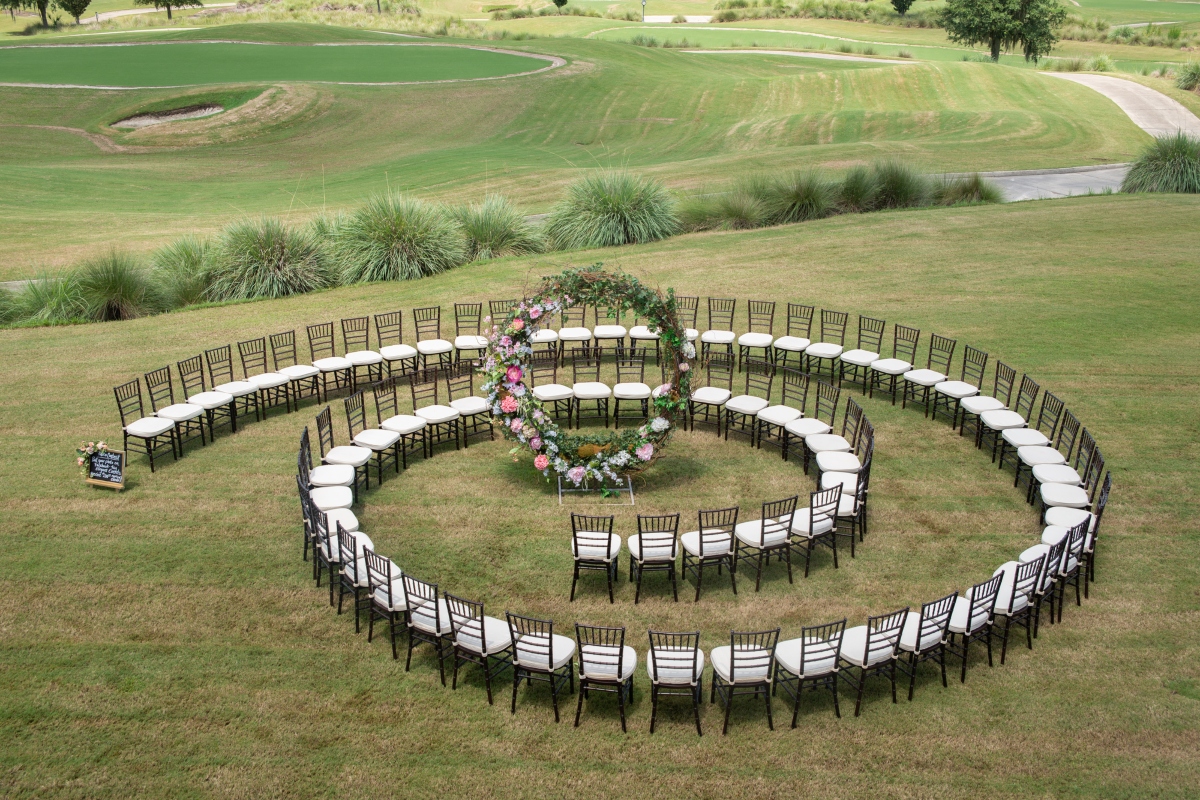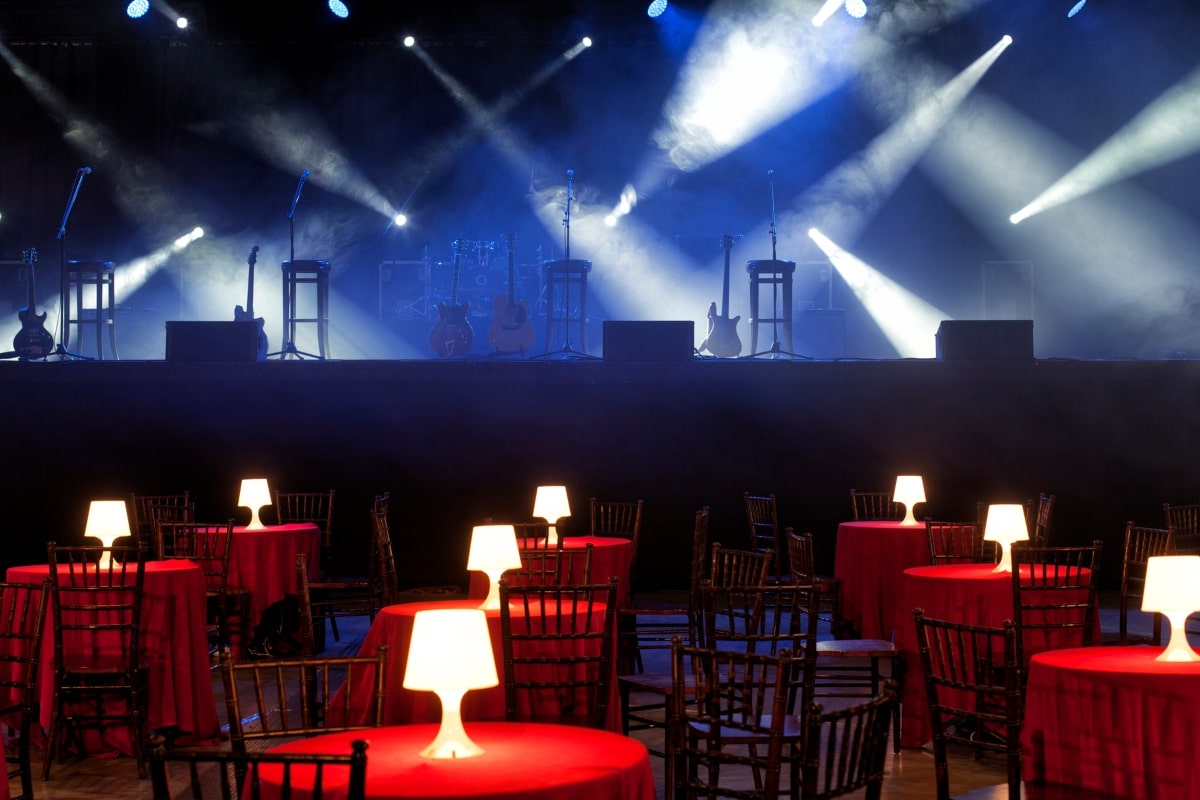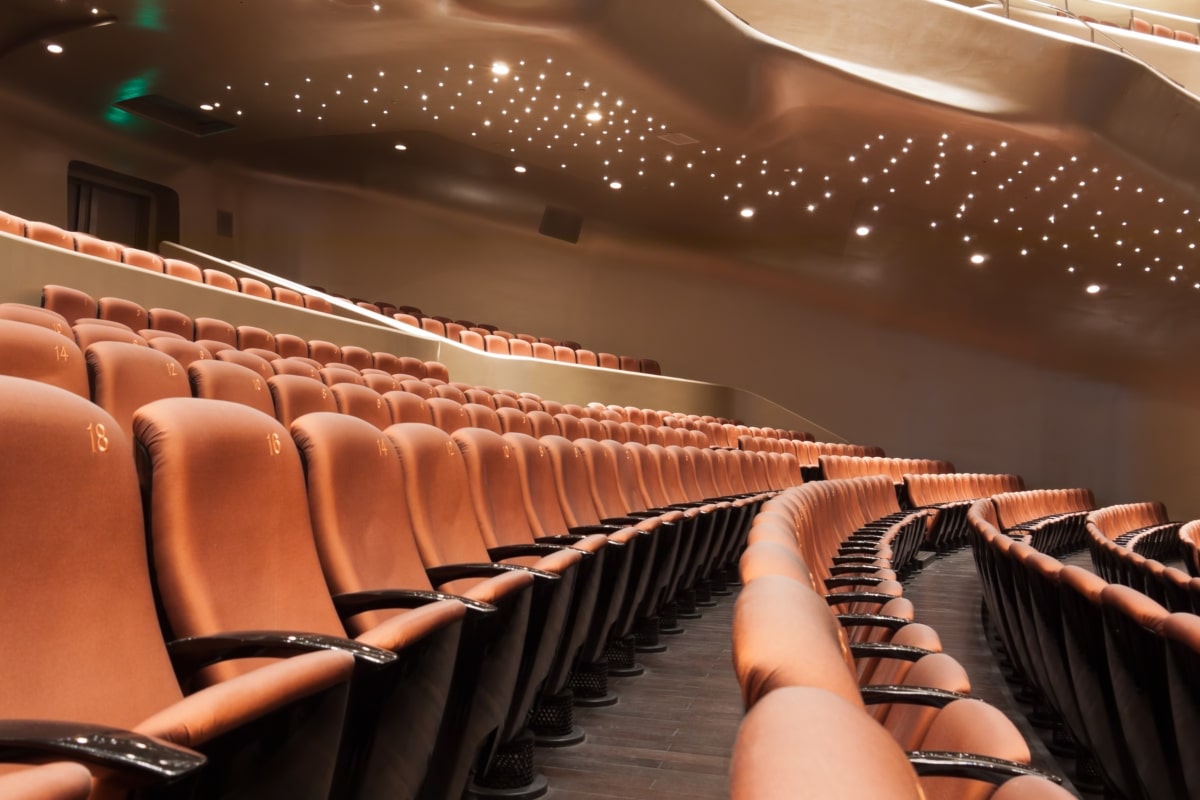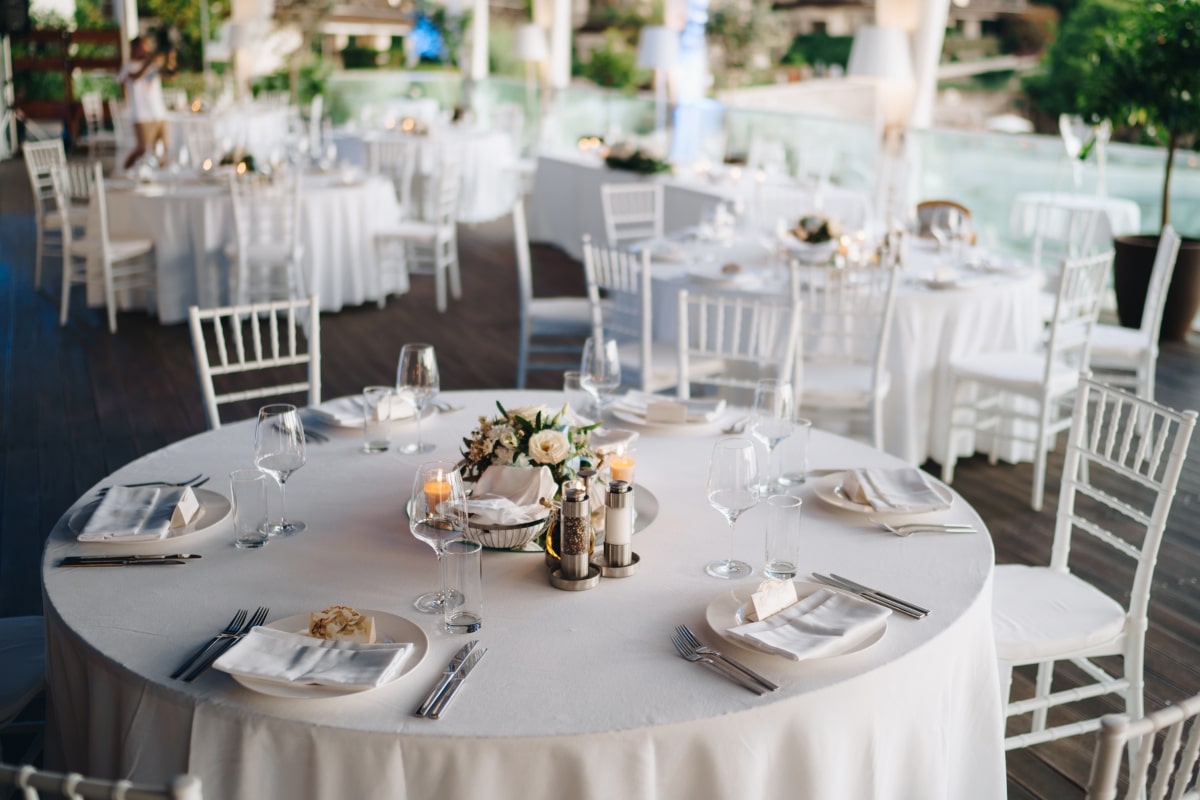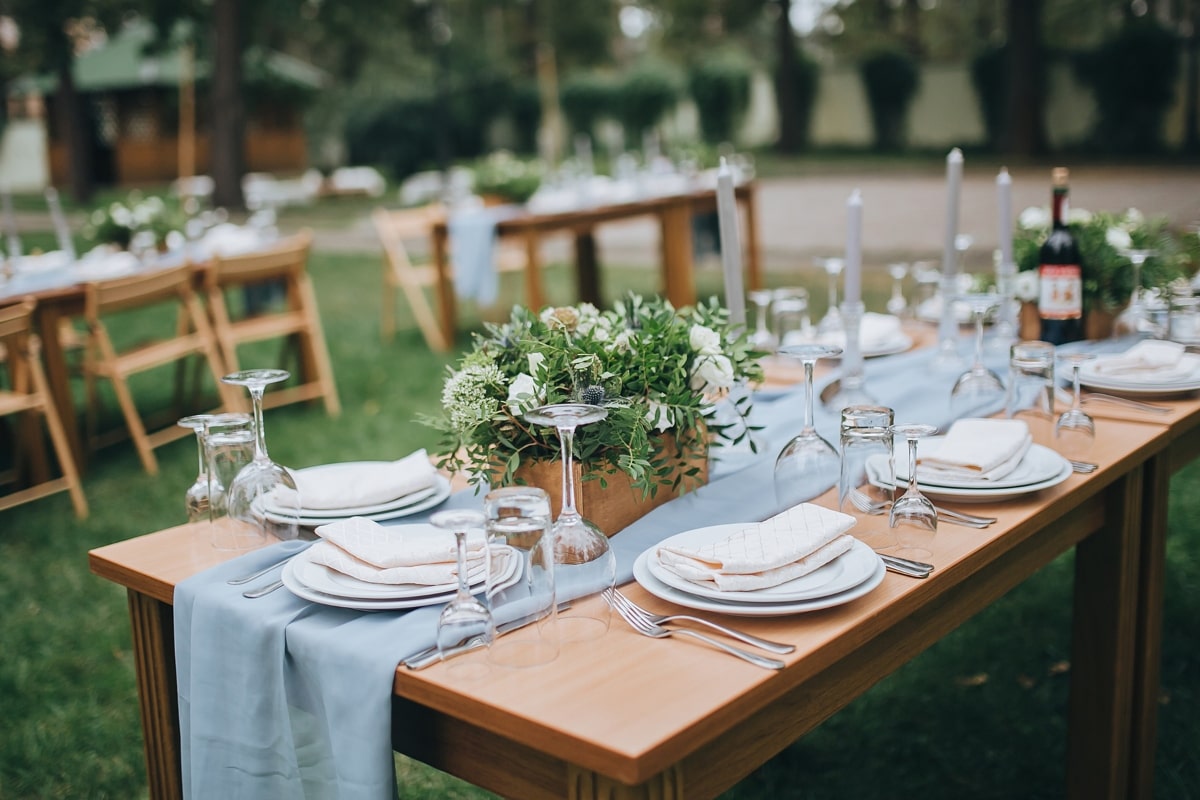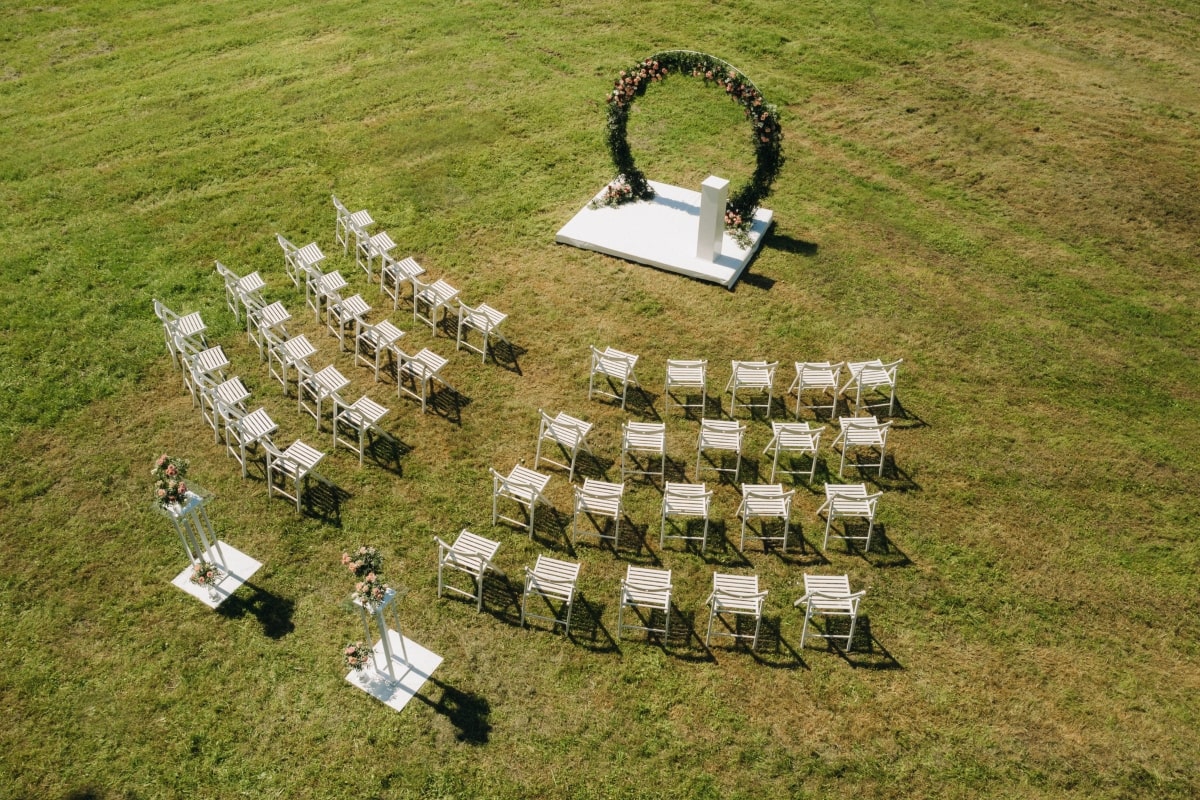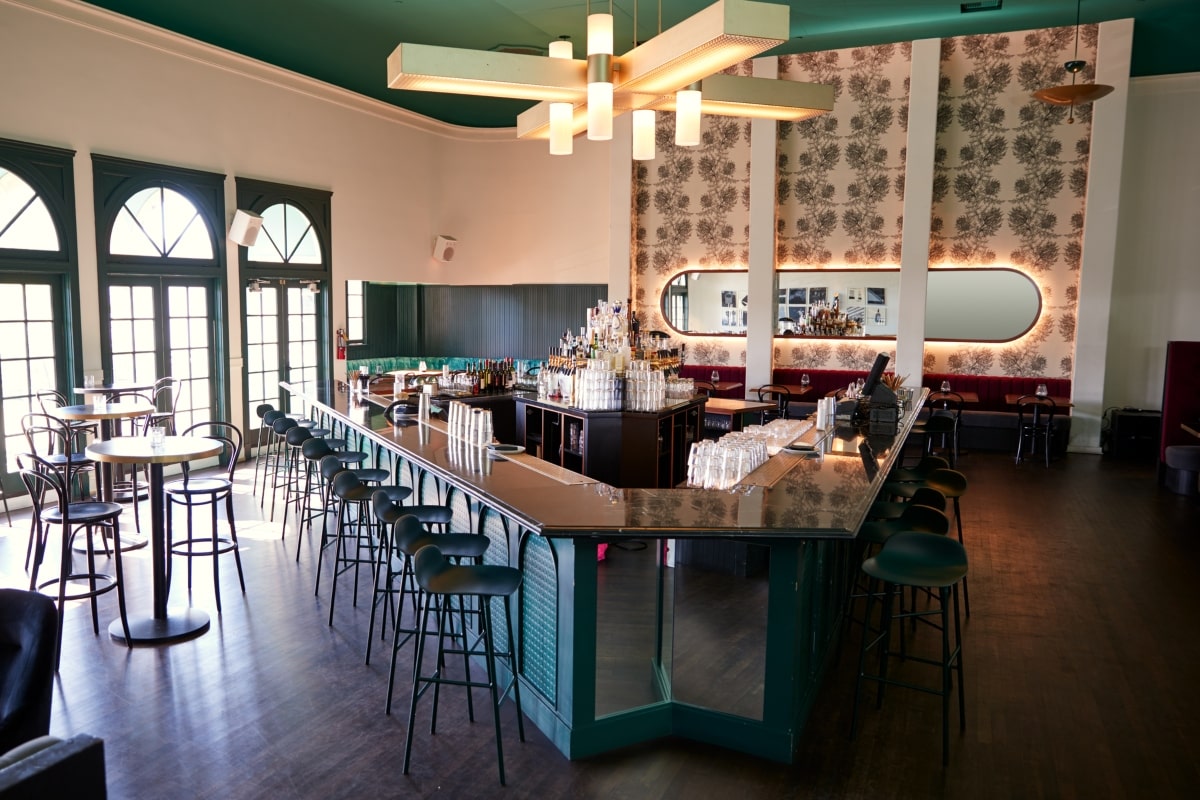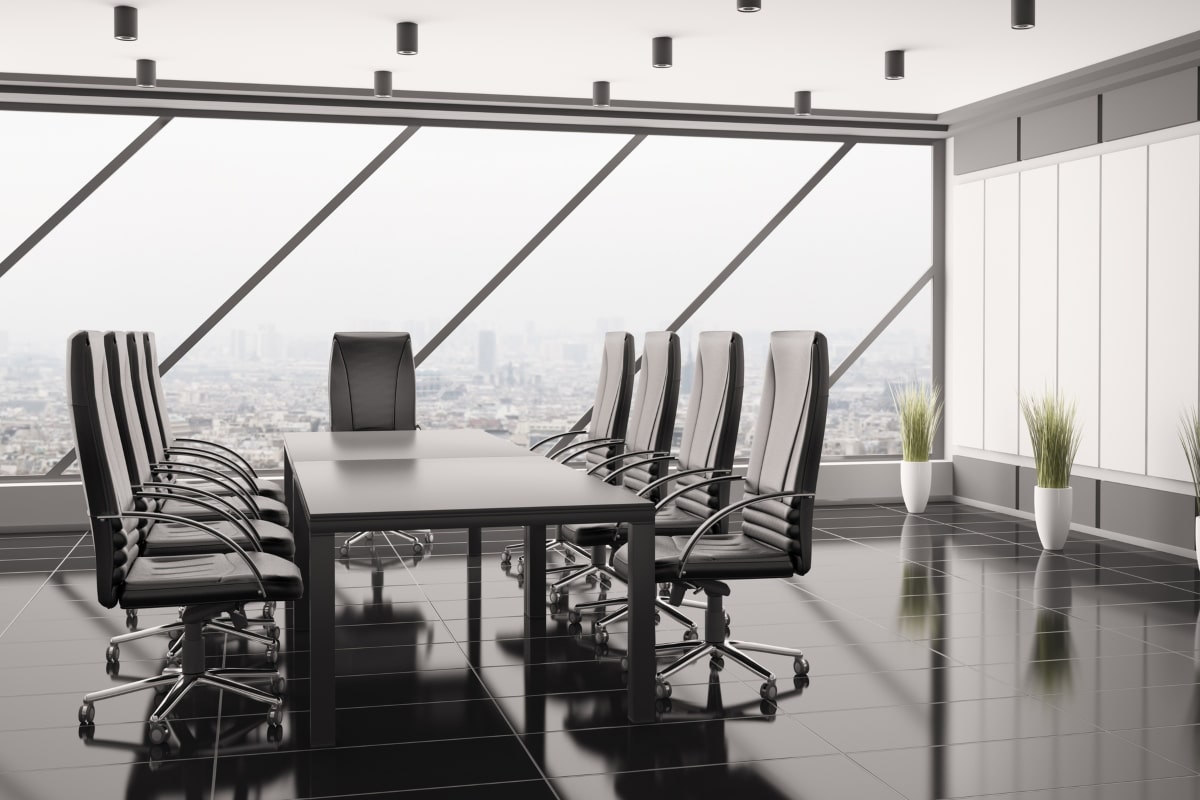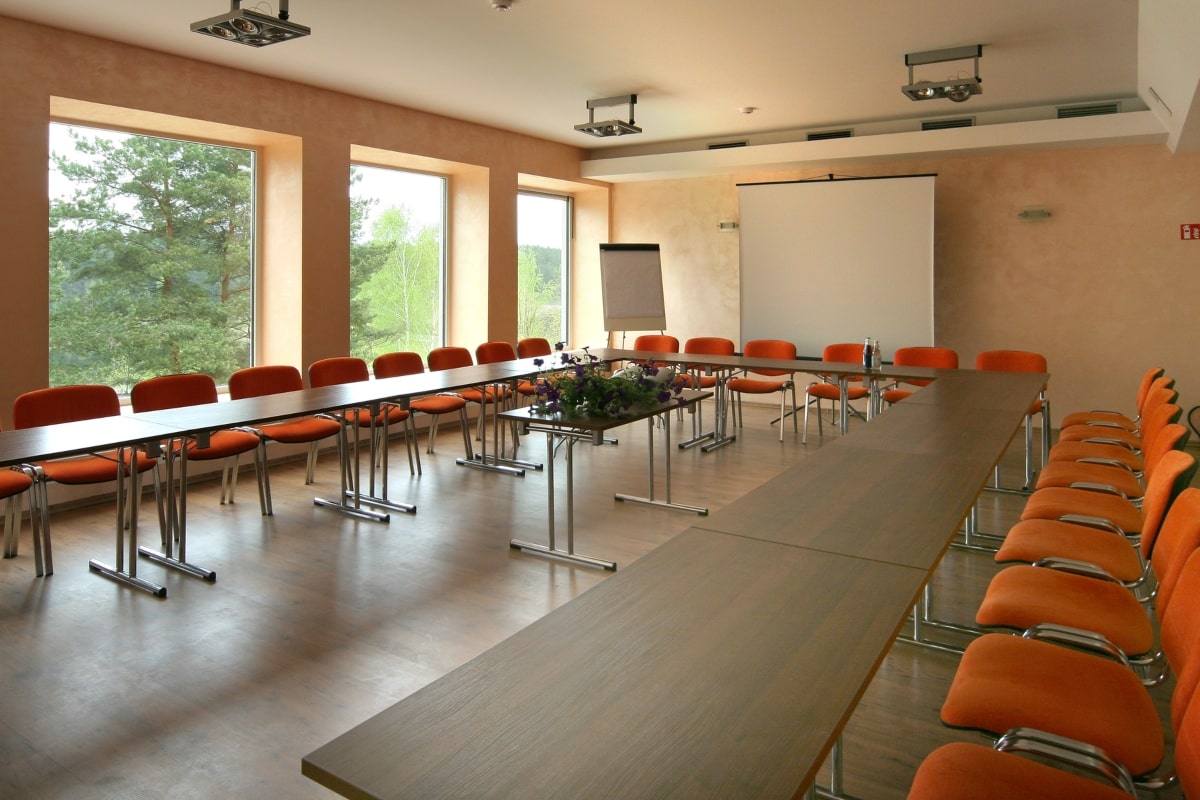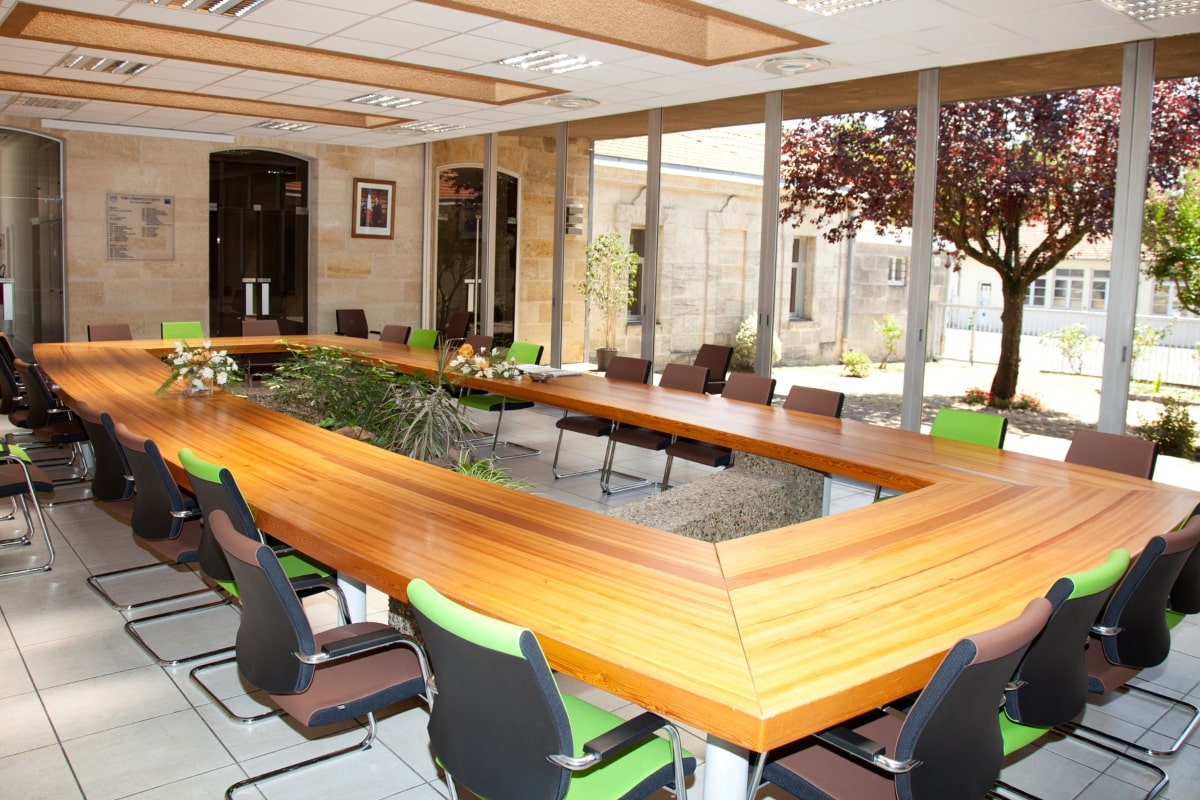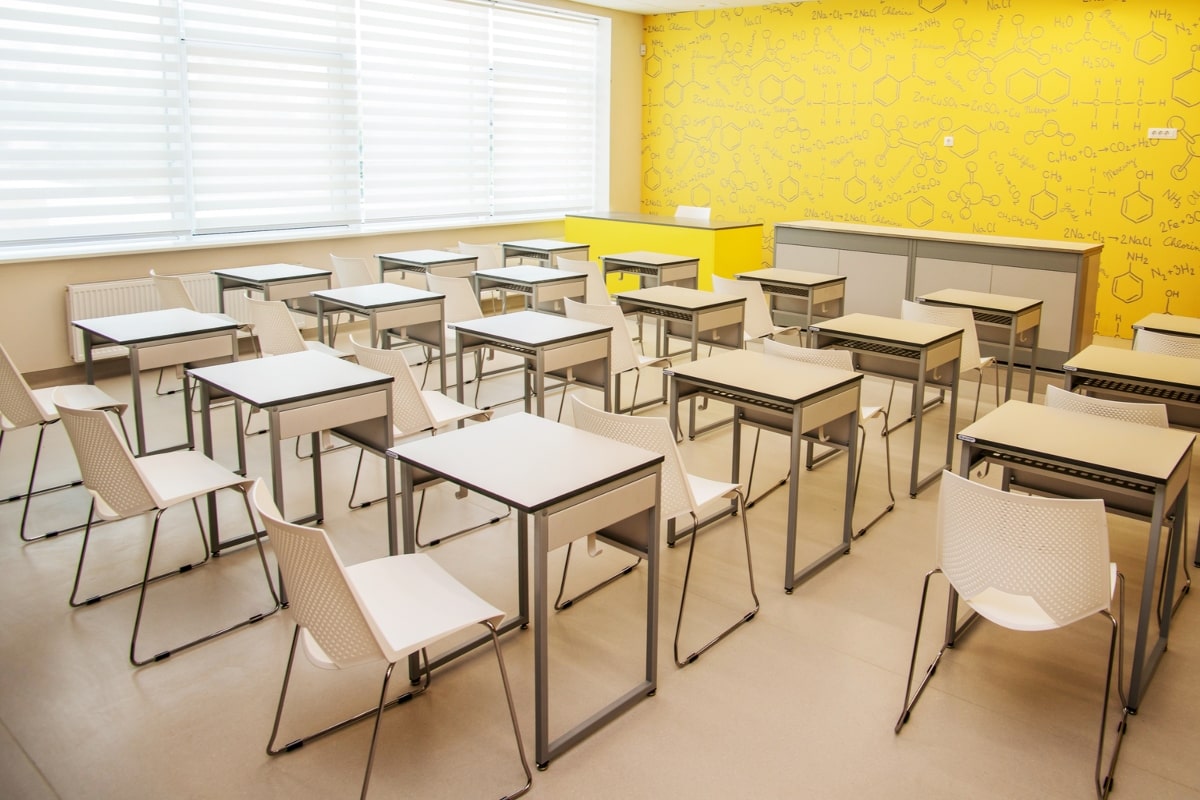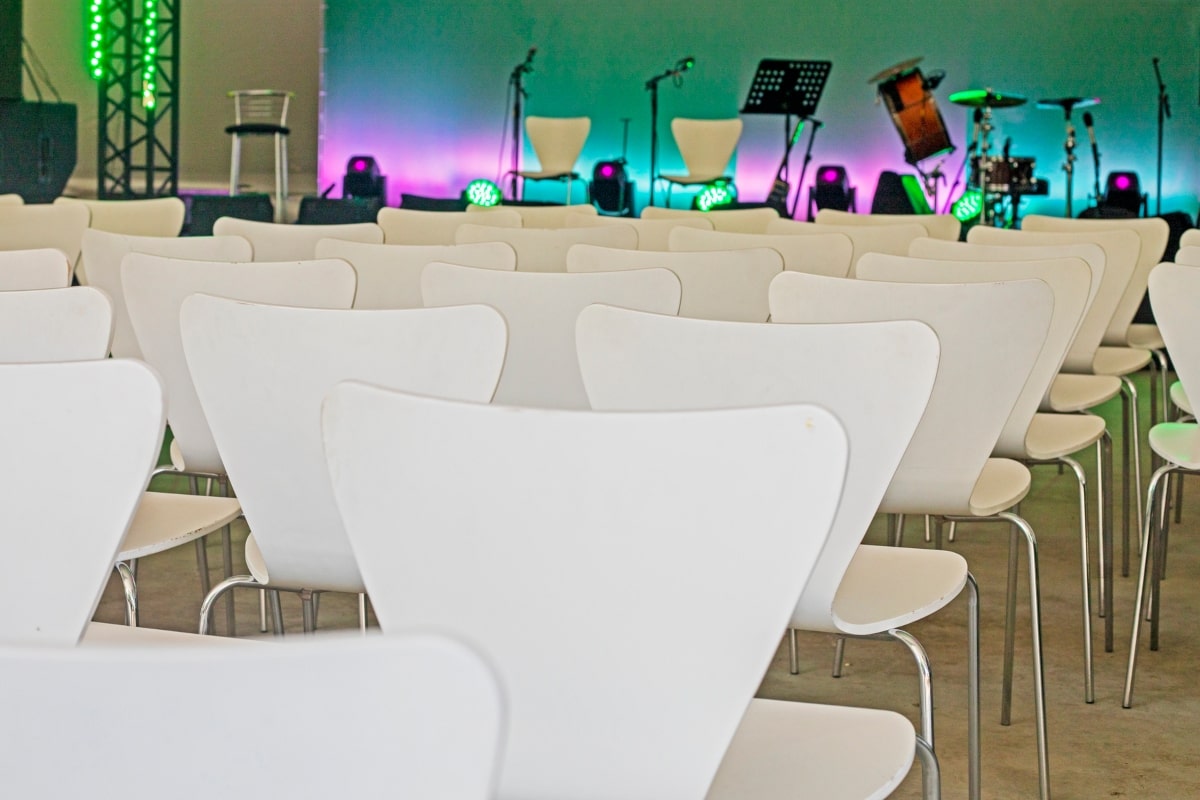Ever wondered why some events feel effortlessly enjoyable while others seem disorganised and chaotic, even when the venue, food and company are top-notch? The secret often lies in the seating plan. Whether you’re organising a lavish wedding, corporate event, family gathering or launching a new dining establishment, the right seating plan can make all the difference.
Event seating arrangements play a pivotal role in setting the mood and overall guest experience. But with so many seating styles out there, knowing how to choose the right arrangement and chairs can elevate your event from merely functional to truly memorable.
In this guide, we’ll explore the different types of seating arrangements, what they look like, and the pros and cons of each.
What is a seating plan?
A seating plan is more than just chairs arranged in a room; it’s an essential element of your event’s flow and function. Event seating arrangements dictate how people interact, and how well they can see and hear the main event. It can even influence the overall mood of your occasion.
A successful seating arrangement needs to look aesthetically pleasing but also maximise comfort, functionality, and the overall atmosphere. Simply put, a well-thought-out seating plan is a blueprint for a successful event.
Cabaret-style seating
Cabaret-style seating is a popular choice in various social settings such as cafes, bars, and restaurants. This arrangement creates a relaxed and casual atmosphere, making it an ideal choice for short-duration events where the focus is on light-hearted social interaction.
What it looks like
Imagine a cozy, intimate club setting with small round tables partially surrounded by cafe chairs, leaving an open end that faces the stage.
Pros
- Events with performances or presentations and dining combined
- Everyone has a clear view of the stage.
- Provides guests with their own personal space.
Cons
- Requires more floor space than some other styles
- Not suitable for events with high guest numbers.
When to use it
Perfect for venues with a focus on entertainment, such as live music or stand-up comedy. This setup is also ideal when entertainment is combined with dining, such as cabaret shows.
Theatre seating arrangement
The theatre-style seating arrangement, also known as Auditorium-style, is ideal for events that involve presentations, performances, or speeches.
Attendees are seated in rows facing the stage or podium. This layout provides an unobstructed view of the stage and encourages a focused and attentive atmosphere. This arrangement is typical in university lecture halls, conference halls and auditoriums.
What it looks like
Rows of chairs facing toward a stage, much like a theatre or auditorium.
Pros
- Maximum seating capacity
- Clear view for all attendees.
- Ideal for large-scale presentations
Cons
- Limited opportunity for attendee interaction
- Limited space for dining or note-taking
- Not suitable for small events
When to use it
Conferences, lectures, and large-scale presentations where the focus is on a stage or screen.
Banquet seating layout
Banquet-style seating is an excellent option for formal events such as weddings, award ceremonies, and dinner parties. Tables are typically round and seat up to ten people. The tables are usually lined in rows to create a grand and formal look. Banquet seating can be dressed up with fancy linens, floral arrangements, and wedding centrepieces.
What it looks like
Picture large round tables filling the room surrounded by guests seated facing inward.
Pros
- Encourages socialising and small group conversations
- Great for dining events and efficient meal service
- Offers a formal atmosphere and an elegant seating style.
Cons
- May hinder visibility for stage-based events
- Some attendees might have their backs to the stage or presentation
- Depending on the size of the event, it can be challenging to accommodate tables.
When to use it
Opt for banquet seating for formal events where a meal is being served. Ideal for weddings, and gala dinners.
Family-style seating
Family-style seating offers a communal dining experience designed to foster a sense of community and shared enjoyment. This setup encourages conviviality and easy conversation, as guests can comfortably serve themselves from communal dishes in the middle of the table. It is also for its practicality, allowing for an efficient use of space and ease of service.
What it looks like
Imagine long, rectangular tables where guests sit facing each other, evoking the feeling of a large family dinner. As the name suggests, this seating arrangement emphasises communal dining as the plates are passed around the table.
Pros
- Efficient use of floor space
- Promotes a relaxed, communal vibe
- Encourages conversation and a sense of community
- Great for casual dining and share-plate style meals.
Cons
- It can be difficult for guests to navigate through tables or leave their seats
- Not always the best for visibility if there’s a focal point.
- Guests seated at the end may feel disconnected from everyone else
- Can be challenging to accommodate individual dietary requirements.
When to use it
Perfect for casual events, dinner parties, outdoor weddings, birthdays and anniversaries.
Chevron
The chevron or herringbone seating arrangement involves arranging rows of chairs, sometimes accompanied by tables, in an inward-facing V shape. Aisles can be integrated into the design, usually situated either down the middle or diagonally, depending on the space and the size of the group. The chevron seating arrangement offers a more intimate experience compared to traditional structured designs, like theatre and classroom style.
What it looks like
The rows of chairs are arranged in an inward-facing V shape, with an aisle down the middle.
Pros
- The angled rows facilitate better sightlines for the audience
- Better interaction than standard rows
- Naturally directs attendees’ attention towards the centre
- Adaptable to fit rooms with shallow dimensions or around obstructive architectural features like columns.
Cons
- Limited aisle access for attendees seated towards the ends of each row
- May restrict movement for presenters who prefer to move around
- Not suitable for dining or note-taking
- Complex setup compared to standard rows, requiring careful planning and execution.
When to use it
This configuration is particularly suited for presentations, group training sessions, conferences, and even weddings.
Lounge or cocktail
Lounge or cocktail seating style is best for casual, social events where interaction is the primary focus. These configurations promote a laid-back atmosphere and are commonly found in settings such as cocktail parties, networking events, or casual receptions. The aim is to break away from rigid, traditional seating plans in favour of a flexible and interactive experience.
What it looks like
Characterised by bar stools, high tables, and small seating areas scattered throughout the space, this layout fosters a relaxed atmosphere conducive to mingling. For cocktail events, expect even more freedom of movement with high tables but generally no chairs, encouraging guests to stand and socialise.
Pros
- Allows for diverse layouts and the creation of different event zones
- Encourages socialisation and movement among guests
- Creates a chill, laid-back environment suitable for casual events.
Cons
- Requires more space per guest compared to traditional seating arrangements
- Less practical for larger gatherings or events requiring full meals
- Lack of formality may not be suitable for all types of events.
When to use it
Social gatherings, networking events, cocktail parties, or other social events.
Boardroom style seating
This style involves a large table with boardroom chairs set around it. The attendees sit, facing each other, creating an ideal environment for discussions and planning. Boardroom style seating is a formal arrangement, meaning some may find it intimidating, and the limited floor space may not work for larger groups. However, it is perfect for board meetings, private meetings, and executive sessions.
What it looks like
A large, central table with chairs around it, ideal for meetings and discussions.
Pros
- Facilitates direct communication
- Ideal for decision-making scenarios
- A clear line of sight so all attendees can see each other.
Cons
- Limited seating capacity
- Not suitable for presentations
- May not be conducive for larger groups.
When to use it
Best for meetings, boardroom discussions, or small group collaborations.
U-shaped
As its name suggests, U-shaped seating is arranged in the shape of a U or horseshoe pattern. The tables or desks are arranged side by side, with an open end facing the stage or speaker. This seating style is perfect for conferences, seminars and training that require interaction and engagement. Attendees can easily see one another, making it easy to discuss and collaborate. However, this seating style may require a large space, and the setup process can be quite time-consuming.
What it looks like
Tables are arranged in a semi-circle or U-shape, with chairs on the outside.
Pros
- Enables easy interaction, good for training and discussions
- Allows for a focal point, yet maintains attendee interaction.
Cons
- The centre space can feel wasted
- Not suitable for large meetings.
When to use it
Good for training sessions, workshops, or meetings that require presentations and discussions.
Hollow square
The hollow square seating is a modification to the U-shaped arrangement. Here, tables are placed in a square to create an open centre. People can freely move in and out of the square, enabling free discussions and a collaborative environment. It’s suitable for larger groups, and attendees can interact freely, brainstorm or have group discussions. However, attendees can be obstructed from seeing the speaker or meeting in the centre of the table.
What it looks like
Tables are arranged in a closed square or rectangle with chairs on the outside.
Pros
- Encourages equal participation
- All guests can see each other
- Good for discussions
Cons
- Not great for visibility if the focal point is outside the square.
When to use it
Perfect for collaborative meetings where there’s no need for a separate focal point.
Classroom style seating
Classroom seating is another seating plan suitable for training, workshops, conferences and lectures. Tables are arranged with student chairs aligned on one side, facing towards the presenter. This seating plan allows guests to take notes and work on laptops and is suitable for events where work is required. Classroom style seating also allows for interaction and networking among people seated at the same table.
What it looks like
Desks or tables and chairs are set in consecutive straight rows, all facing the front.
Pros
- Space for note-taking and materials
- Arrangement keeps focus on the presenter.
Cons
- Can feel a bit formal or rigid
- Reduces interaction among guests.
When to use it
Workshops, training sessions, or educational events where attendees may need to take notes or use laptops.
Tips on choosing the right seating arrangement
Selecting the ideal seating arrangement requires a nuanced approach, taking into account various elements that can make or break the success of your event or establishment. Here are some pivotal factors to consider:
- Size of the room: An accurate assessment of the available space is essential. Make sure there’s adequate room for the number of chairs you plan to place, while also leaving space for aisles and easy movement.
- Number of attendees: Striking the right balance is crucial. Too many chairs can create a cramped environment, whereas too few may give the impression of an under-attended event.
- Type of event: The nature of your event plays a significant role in determining the seating arrangement. A formal occasion may necessitate a traditional, structured layout, whereas a casual gathering might be better served by a more relaxed setup.
- Chair styles: The type of chairs you choose should align with the event’s overall theme and aesthetic. Whether you opt for rustic, wooden options or sleek, modern designs, the chairs should offer both comfort and visual appeal.
By carefully weighing these factors, you can craft a seating plan that not only meets the logistical requirements but also enhances the overall atmosphere, contributing to a successful and memorable occasion.
Create the perfect seating plan and elevate your event with Arteil chairs
Selecting the right seating plan and appropriate chairs for your event or venue is not a mere detail but a critical aspect that can significantly impact the overall experience. A well-considered seating arrangement not only maximises comfort but also complements the aesthetic and flow of the event.
If you’re in search of high-quality chairs that meet a diverse range of needs, look no further than Arteil. With a comprehensive selection that includes office chairs, visitor chairs, and café & restaurant chairs, Arteil offers ergonomic solutions that can enhance any seating plan style. Don’t compromise when it comes to the comfort and success of your venue – visit Arteil for a range of chairs expertly designed to suit every need and setting.

